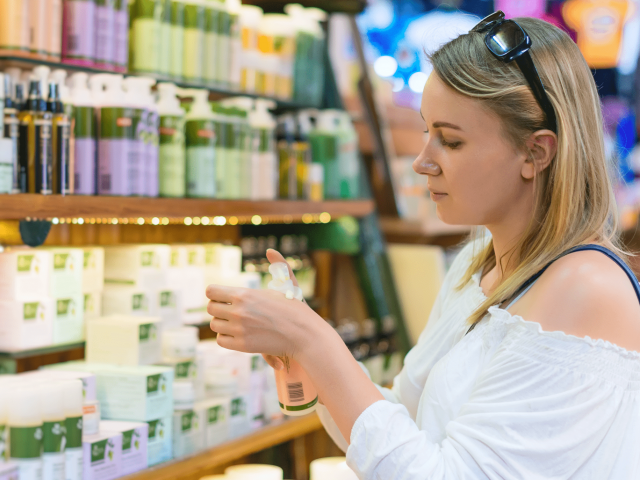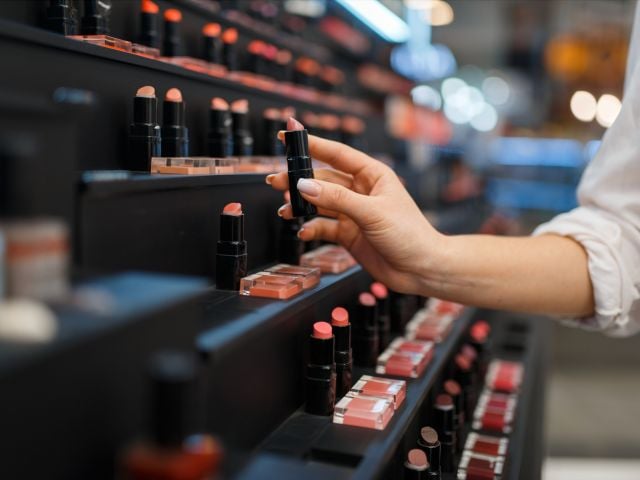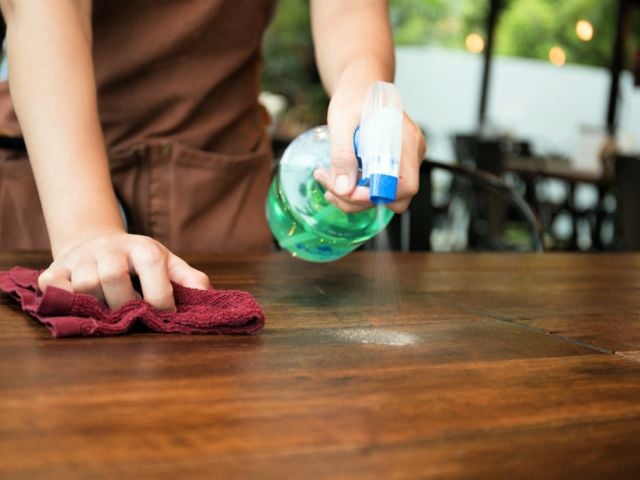
I love this time of year. After a long, cold winter, how can you resist the sun when it beckons you to go outside?
Before you leave the house, though, be sure to reduce your risk of skin damage. Cover up with a shirt, put on sunglasses and check the UV index to plan events around the sun. Early morning or late afternoon are the best times to go outdoors.
Limiting sun exposure and wearing protective clothing are more important than sunscreen for preventing skin cancer and premature aging. Here are five popular myths not to believe:
Myth #1 All sunscreens are created equal.
FACT – EWG’s research finds wide disparities among these products.
A whopping 80 percent of sun protection products analyzed by EWG contain potentially harmful ingredients or offer inadequate protection against dangerous ultraviolet radiation. Many products do not provide enough UVA protection. Some contain hazardous chemicals such as the hormone disruptor oxybenzone or retinyl palmitate, a form of vitamin A linked to skin damage.
Only 21 percent of the 1,000 sunscreens analyzed for EWG’s guide scored high marks. Roughly 19 percent of moisturizers and 21 percent of lip balms scored well.
Myth #2 High-rated SPF sunscreens give people complete protection.
FACT – High-SPF products tempt people to apply too little sunscreen and stay in the sun too long. The Food and Drug Administration has proposed prohibiting the sale of sunscreens with SPF values greater than 50+, calling higher SPF values “inherently misleading,” but it has not issued a regulation that carries the force of law. Twelve percent of sunscreens EWG evaluated this year advertise SPF values greater than 50+.
Myth #3 People who have darker skin or don’t burn do not need to wear sunscreen.
FACT – People with darker skin tan more easily and may rarely burn. They tend to take fewer measures to protect themselves from sunlight. However, sun protection is important for all skin tones. Everyone is susceptible to UVA-rays, which cause skin aging, immune system suppression and melanoma. Although melanoma rates are lower among people with darker skin, the risk of dying of melanoma is higher, perhaps because cancers aren’t detected as early or treated as aggressively.
Myth #4 People who wear sunscreen risk vitamin D deficiency.
FACT – Large trials have shown that sunscreen use plays an insignificant role in vitamin D deficiency.
Vitamin D strengthens bones and the immune system and reduces risks of breast, colon, kidney and ovarian cancers and perhaps other disorders.
In fact about 25 percent of Americans have borderline low levels of vitamin D, and eight percent have a serious deficiency. People with darker skin, older people, infants and those living at higher latitudes are at high risk for vitamin D deficiency. Ask your doctor if you should take a vitamin D supplement for part or all of the year.
Myth #5 The FDA has you covered.
FACT – President Obama signed the Sunscreen Innovation Act into law last December to help alleviate the backlog of promising sunscreen ingredients waiting for government approval. The bill aimed to create a more efficient process for the FDA to scrutinize new sun filters for over-the-counter sunscreens.
Until the legislation is fully implemented, Americans won’t have the same access to sunscreens sold in other parts of the world, including Europe and Canada.
The European Commission has stricter standards for SPF values and UVA protection than the FDA. We estimate that about half of the products in this year’s guide are too weak for the European market.
--------------------
Shoppers who use EWG’s guide can find sunscreens that are more effective, and safer for themselves and their family. Before you head outdoors this summer, be sure to arm yourself with the best sunscreens, SPF-rated moisturizers and lip balms.
And don’t forget to look over EWG’s Sunscreen Hall of Shame, which draws attention to products that promise safe sun protection and don’t deliver. More than 30 products landed in EWG’s 2015 Sunscreen Hall of Shame because of potentially harmful ingredients, inhalation risks from sprays and excessive SPF claims.



